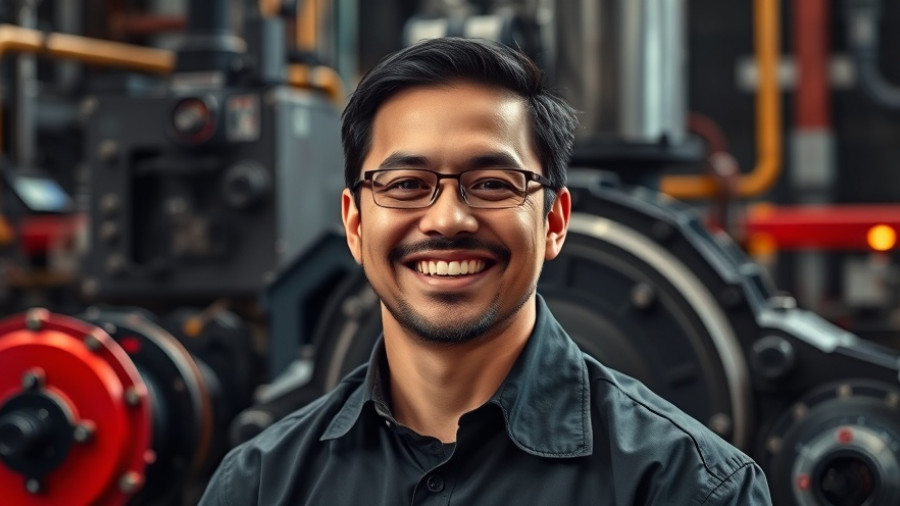
Unveiling the Future at the Motion + Power Technology Expo 2025
The Motion + Power Technology Expo (MPT Expo) set to unfold from October 21-23, 2025, in Detroit, Michigan, promises to be an unparalleled gathering for power transmission professionals. Bringing together the essential stakeholders in mechanical, electric, and fluid power transmission, the expo is a catalyst for innovation, exploration, and learning. Given the heightened demand for power density and efficiency across industries such as automotive, aerospace, and agriculture, this year’s expo is particularly vital.
Networking Opportunities that Drive Change
MPT Expo 2025 is designed not just as a platform for showcasing cutting-edge technologies; it constitutes a collaborative hub where industry experts can engage in meaningful discussions. The expo will feature curated show floor tours tailored to specific interests, enabling attendees to connect with exhibitors that resonate with their sector needs. This fosters an environment ripe for networking and partnership, allowing attendees to leverage collective knowledge and resources.
Expert Insights from Industry Leaders
This year, the expo features a series of 'Power Breakfasts' that engage participants in critical discussions on topics ranging from robotics and efficiency challenges in electric vehicles to policy implications for manufacturers. These breakfast sessions promise insights from leading figures in our industry, making them not to be missed by anyone looking to stay ahead of industry trends.
Live Podcast Experience: Amplifying Voices in Power Transmission
Highlighting the expo will be the live podcast hosted by Tony Gunn, a prominent podcaster and influencer in the gear manufacturing space. His leadership in this engaging format means that small to mid-sized companies have a unique chance to be featured, amplifying their visibility among global audiences. This gives a platform to diverse voices in the industry, reinforcing the importance of collaboration.
Showcasing Innovative Solutions
This year's spotlight includes advanced innovations like the GCX Linear from ANCA, a complete solution for skiving cutter manufacturing. The machine combines modern design with automated capability — essential for precision and efficiency in production. Similarly, EMAG's G 375 H gear profile grinding machine exemplifies cutting-edge engineering that meets the exacting standards of contemporary manufacturing. These technologies underscore the expo’s commitment to pushing boundaries in power transmission applications.
Anticipating Future Trends
As the motion and power sector continues to evolve, trends indicate that the demand for integrated systems will only increase. Technologies such as Smart Loop Gear Manufacturing presented by Gleason offer a glimpse into the future, revealing the seamless transition from design to production. With sub-micron precision and smart design software, manufacturers can expect enhanced quality and reduced manufacturing times.
Engage with Tomorrow’s Technologies Today
The Motion + Power Technology Expo 2025 represents more than an event; it is a stepping stone toward forging new partnerships and accelerating the journey toward sustainable practices in the industry. For professionals dedicated to innovation and efficiency, success at this expo may very well depend on not only what you learn, but also whom you meet. Don’t miss out on the opportunity to redefine the future of motion and power technology.
 Add Row
Add Row  Add
Add 




Write A Comment